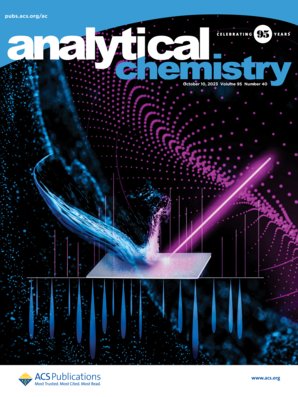Advancing Intact Protein Quantitation with Updated Deconvolution Routines
Image from Analytical Chemistry.
New paper out in Analytical Chem!
Abstract:
Analysis of intact proteins by mass spectrometry enables direct quantitation of the specific proteoforms present in a sample and is an increasingly important tool for biopharmaceutical and academic research. Interpreting and quantifying intact protein species from mass spectra typically involves many challenges including mass deconvolution and peak processing as well as determining optimal spectral averaging parameters and matching masses to theoretical proteoforms. Each of these steps can present informatic hurdles, as parameters often need to be tailored specifically to the data sets. To reduce intact mass deconvolution data analysis burdens, we built upon the widely used “sliding window” mass deconvolution technique with several additional concepts. First, we found that how spectra are averaged and the overlap in spectral windows can be tuned to favor either sensitivity or speed. A multiple window averaging approach was found to be the most effective way to increase mass detection and yielded a >2-fold increase in the number of masses detected. We also developed a targeted feature-finding routine that boosted sensitivity by >2-fold, decreased coefficient of variation across replicates by 50%, and increased the quality of mass elution profiles through 3-fold more detected time points. Lastly, we furthered existing approaches for annotating detected masses with potential proteoforms through spectral fitting for possible proteoform family modifications and network viewing. These proteoform annotation approaches ultimately produced a more accurate way of finding related, but previously unknown proteoforms from intact mass-only data. Together, these quantitation workflow improvements advance the information obtainable from intact protein mass spectrometry analyses.

